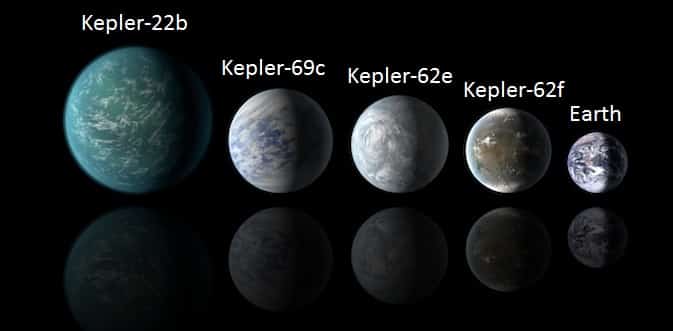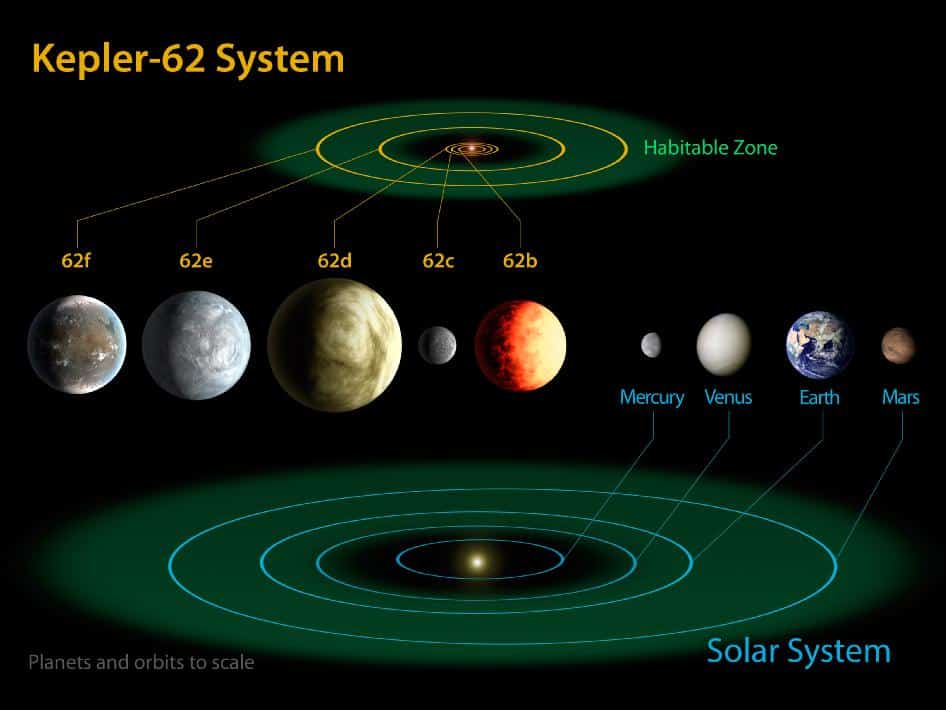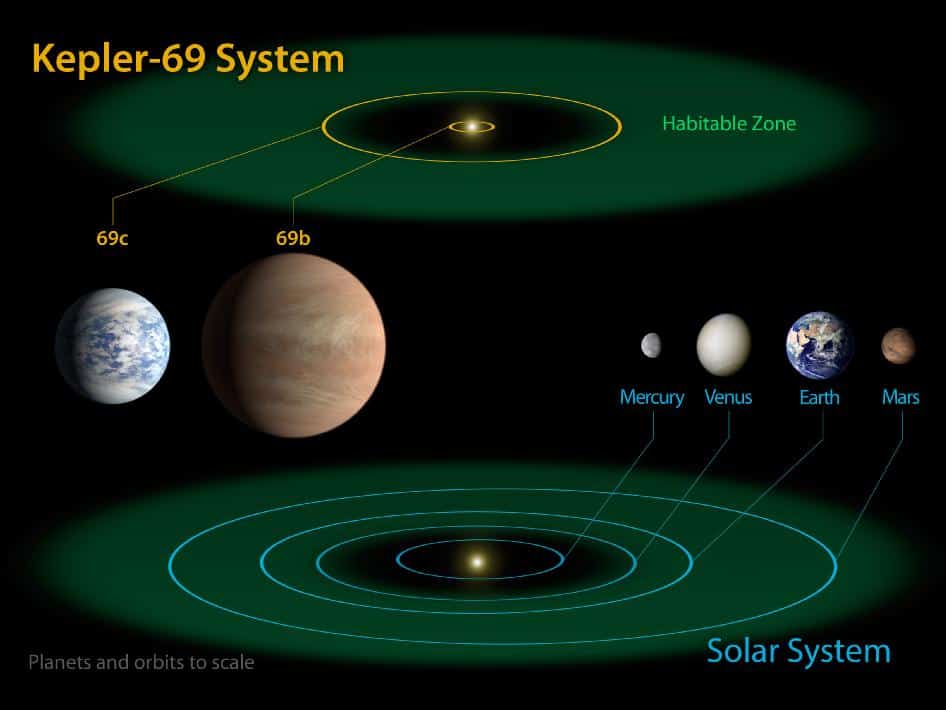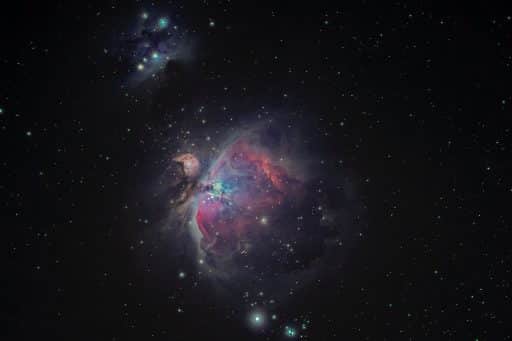Till now, NASA‘s Kepler has detected 2,740 planetary candidates across 2,046 stars and of those candidates, it has already found two similar Earth-sized planet. Recently we’ve come to know that Kepler has discovered three more habitable planets in distant solar systems. This means those planets may contain water, making them potential candidates for life.
The three planets that Kepler has discovered are Kepler-62f, Kepler-62e and Kepler-69c. Kepler-62e and Kepler-62f are part of the Kepler-62 five-planet system and the Kepler-69c is the part of Kepler-69 system.
The five planets of Kepler-62 system are Kepler-62b (the innermost and the second smallest planet orbitting Kepler 62), Kepler-62c (the second innermost and approximately Mars-sized exoplanet orbiting Kepler-62), Kepler-62d ( the third innermost and the largest exoplanet orbiting Kepler-62), Kepler-62e (the second outermost expoplanet orbiting Kepler-62) and Kepler-62f (the outermost expoplanet orbiting Kepler-62).
Having 1.6 times the radius of Earth, Kepler-62f is said to be 40% larger than Earth, which means that it is the only planet known in habitable zone that is closest to the Earth and can go around their parent star every 122, which is smaller and cooler than the Sun. And with 1.4 times the radius of Earth, Kepler-62e is almost 60% larger than the Earth and can go around their parent star every 267 days, which is smaller and cooler than the Sun.
On the other side, Kepler-69 system has two planets – Kepler-69b (hot super-Earth sized exoplanet) and Kepler-69c (super-Earth sized exoplanet). Kepler-69c is said to be 70% larger than the Earth and it takes 242 days to revolve around its sun-like star Kepler-69.
According to NASA, the three discovered new planets Kepler-62f, Kepler-62e and Kepler-69c are in the “habitable zone,” which is the range of distance from their Suns that they orbit, making surface temperature suitable for the existence of liquid water. Here’s a video for you.
All three planets are light years away and humans don’t have the technology, yet, to travel there, but undoubtedly this is another major step in finding planets.
Source: NASA
[ttjad keyword=”dslr-camera”]





![Read more about the article [Video] Japan Launched New Generation ‘Affordable Space Rocket’](https://thetechjournal.com/wp-content/uploads/2013/09/Epsilon-Rocket-512x339.jpg)